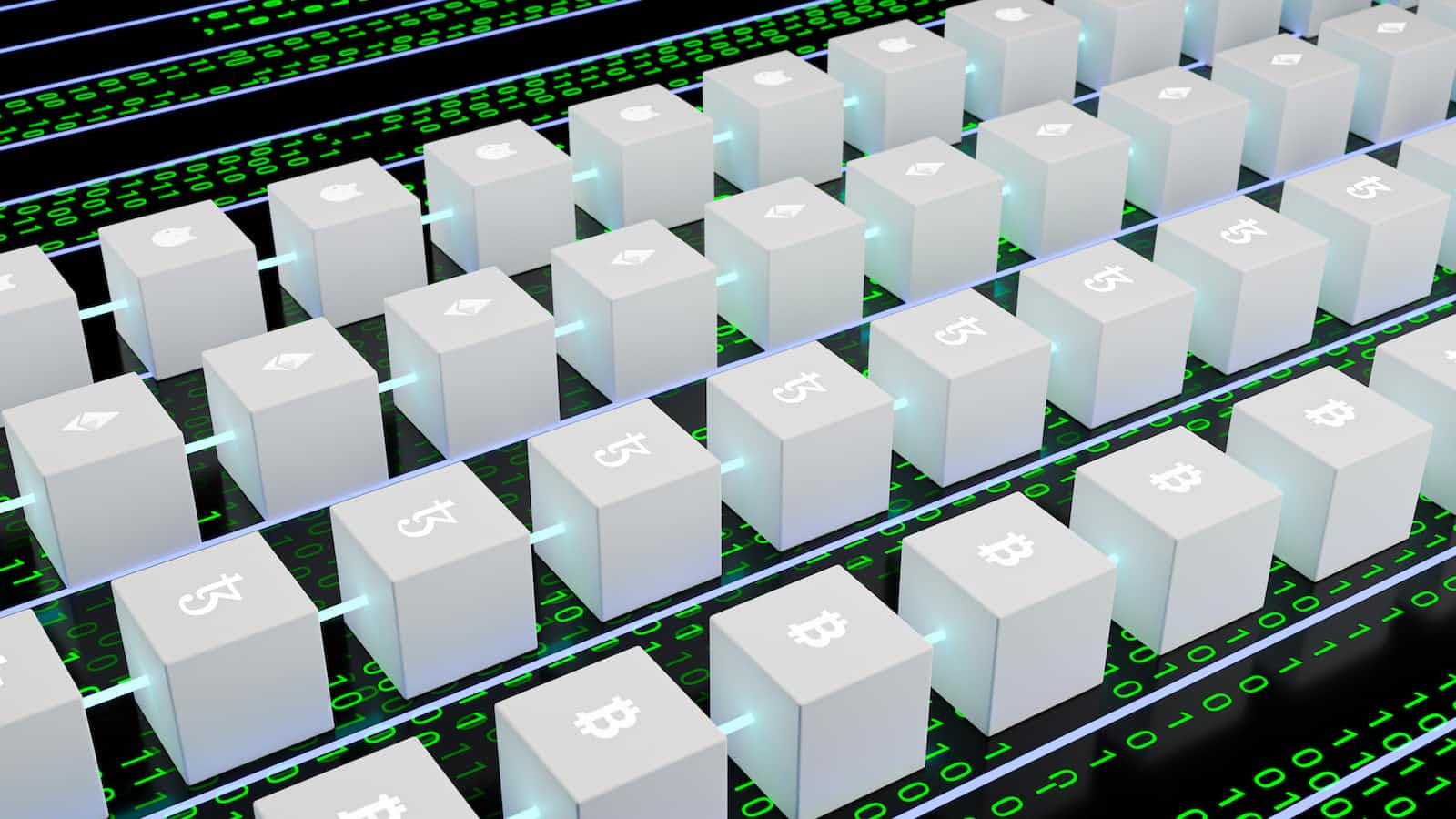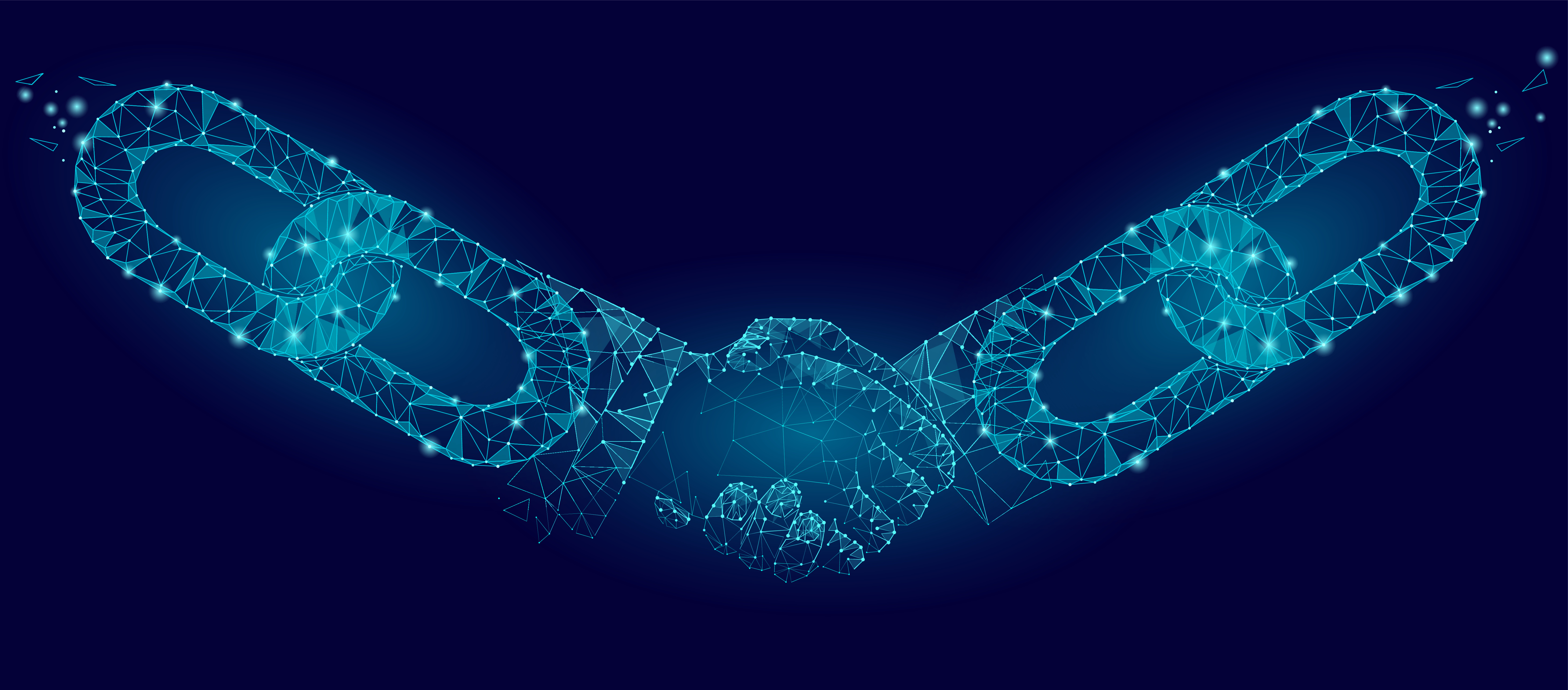Web5: A Revolutionary Concept For A Decentralized Web
 Dominion Abiodun
Dominion Abiodun
Web5 is an exciting new idea for how the internet could work in the future. It's trying to give regular people more control over their own data and identity online. Unlike the current internet (Web2) where big companies own all your information, or even Web3 where everything is super decentralized, Web5 aims to get the best of both worlds.
Let's flash forward to the year 2030. A babe named Mikasa wakes up and logs into her social media profile through a blockchain-verified decentralized ID that she completely owns and controls. No more relying on Facebook or Google to vouch for her identity!

As Mikasa shares photos from last night's dinner with her boyfriend Eren, the images and metadata are securely encrypted and distributed across tiny shards on peer-to-peer storage networks. Only the people Mikasa grant access can view or modify her memories and personal data. No centralized databases at risk for meddling or breaches!
This is Mikasa's experience using applications on the new decentralized internet paradigm called Web5. Rather than build apps and sites that exploit user data for ad revenue, Web5 developers aim to put individuals first again. They want to give you unmatched power over your digital life.
Leading tech thinkers believe Web5 could preserve what people love about the ease of today's Internet while bringing back user ownership. You control your accounts, data, and even get paid for contributions. It's all founded on groundbreaking cryptography and blockchain advances like self-sovereign identity and decentralized data storage.
The core innovation is placing you right at the center once more. Services anchored on Web5 would have your needs hard coded into their DNA, not tracking cookies! You decide exactly how your data gets used. It's still early days for Web5, but this vision is why so many see it as the Internet's new trust frontier.
THE PILLARS OF WEB5
The core of Web5 is built on three key ideas: decentralized IDs, decentralized data storage, and letting users own their personal data. These are meant to put regular folks in charge of their online identities and information.
DECENTRALIZED IDENTIFIERS (DIDS)
For identity, Mikasa uses her self-sovereign ID on Web5. This decentralized identifier called a DID verifies who she is cryptographically without a central authority. It's Mikasa's alone, no company owns it. DIDs are replacing old usernames and logins doled out by social media middlemen.
DECENTRALIZED DATA STORAGE
For storage, Web5 apps shard Mikasa’s data across many tiny, encrypted chunks on decentralized peer nodes just like the images she took on her dinner with Eren. No more central databases of user data! It’s too risky. This distributed model spreads info across voluntary nodes so if one goes offline, the rest keep data safe and private.
USER-OWNED DATA
And just like I mentioned earlier, on Web5 Mikasa owns her personal data, not the apps she visits. She controls where it’s stored, how it’s used, who accesses it. Mikasa can even charge for access if she wants! This flips the script on data exploitation.
Bring these pillars together, and Web5 gives the power back to users like Mikasa. She defines her online identity, controls her data trail, and owns content. This decentralized design helps secure user rights in the 21st century data economy. And Mikasa prefers this model to old giants treating her like the product!

ADDRESSING THE SHORTCOMINGS OF THE CURRENT WEB
Web5 is trying to fix a lot of the problems we see with the internet today, especially around privacy, security, and who really controls our data. Just like with Mikasa, it wants to give more power back to us regular users instead of big companies or platforms.
It's not just an update to Web3 and blockchain projects. The creators of Web5 say Web3 talked a big game about decentralization but didn't fully deliver for average people. Web5 aims to combine the best parts of the familiar user-friendly internet we have now (Web2) with the decentralized tech promises of Web3.
The goal is to put you back in the driver's seat and help you take back control over your personal data and online identity. Web5 wants to move from the empty hype about decentralization to actually giving you tools to own your data.
This means building things like decentralized IDs that you control, verifiable credentials you can share securely, decentralized storage so you choose where your data lives, and applications that tie it all together.
If Web5 works out, it would mean you have way more control over your data and can even make money from it if you want. At the same time, it's designed to boost privacy and security by avoiding central databases that can be hacked.
So, in a nutshell, Web5 takes what people want from the current web and what they were promised with decentralized tech and tries to smash them together into a user-first internet. The power and control go back into each person's hands.
THE FUTURE OF WEB5
Web5 is still in early development, but if it works as promised, it could really change the internet for the better. The goal is to give people more control, privacy, and security when they go online.
As researchers keep making progress on Web5, here's some of what we might see in the future:
- More seamless user experiences - With AI advances, Web5 could allow for super interactive and customized sites and apps. Things would flow smoothly no matter what device you use. For instance, your phone recognizes your face, voice, and habits, serving up exactly what you need when you need it thanks to AI. Yet your privacy stays locked down.
- Better data protections - Privacy and security is tricky with complex sites tailored to individuals. Web5 wants layers of defense to keep user data safe, especially with decentralized systems.
- Mainstream adoption - Like any new tech, Web5 will require buyers-in to catch on widely. The infrastructure needs to grow to support decentralized networks replacing centralized servers.
- Potential real-world impacts - Web5 could shake up everything from banking to healthcare by letting people control their personal data. Like Picture accessing all your health records in one place as your wearable guides lifestyle changes. Envision banking without passwords, just biometrics securing your money on the blockchain. Consider social media that pays you for posts when they go viral.
Of course, Web5 still faces challenges - like the energy needs of Bitcoin's blockchain and building truly decentralized infrastructure. But if these kinks are worked out, Web5 hopes to create a fairer and more user-friendly internet that connects us while protecting us.

References
JACK DORSEY’S CONCEPT OF WEB5: HOW DOES IT EVOLVE FROM WEB3?
Web5: The Next Generation of Decentralized Web
Subscribe to my newsletter
Read articles from Dominion Abiodun directly inside your inbox. Subscribe to the newsletter, and don't miss out.
Written by

Dominion Abiodun
Dominion Abiodun
Hello, my name is Dominion. I'm a UI UX Designer and an Academic writer. I have helped over 20 Post Graduate students with their dissertation projects. I'm currently studying Meteorology and Climate at the University. In terms of Programming, I have basic knowledge of JavaScript & Laravel. I'm working towards learning Dart & Flutter. I hope to post my progress on my Hashnode blog as I keep learning. I will also write more on Blockchain Technology and drop some tech tutorials. P.S. I'm a UI UX Designer with a BIG focus on the Finance Industry. Open to Gigs & Collaboration.